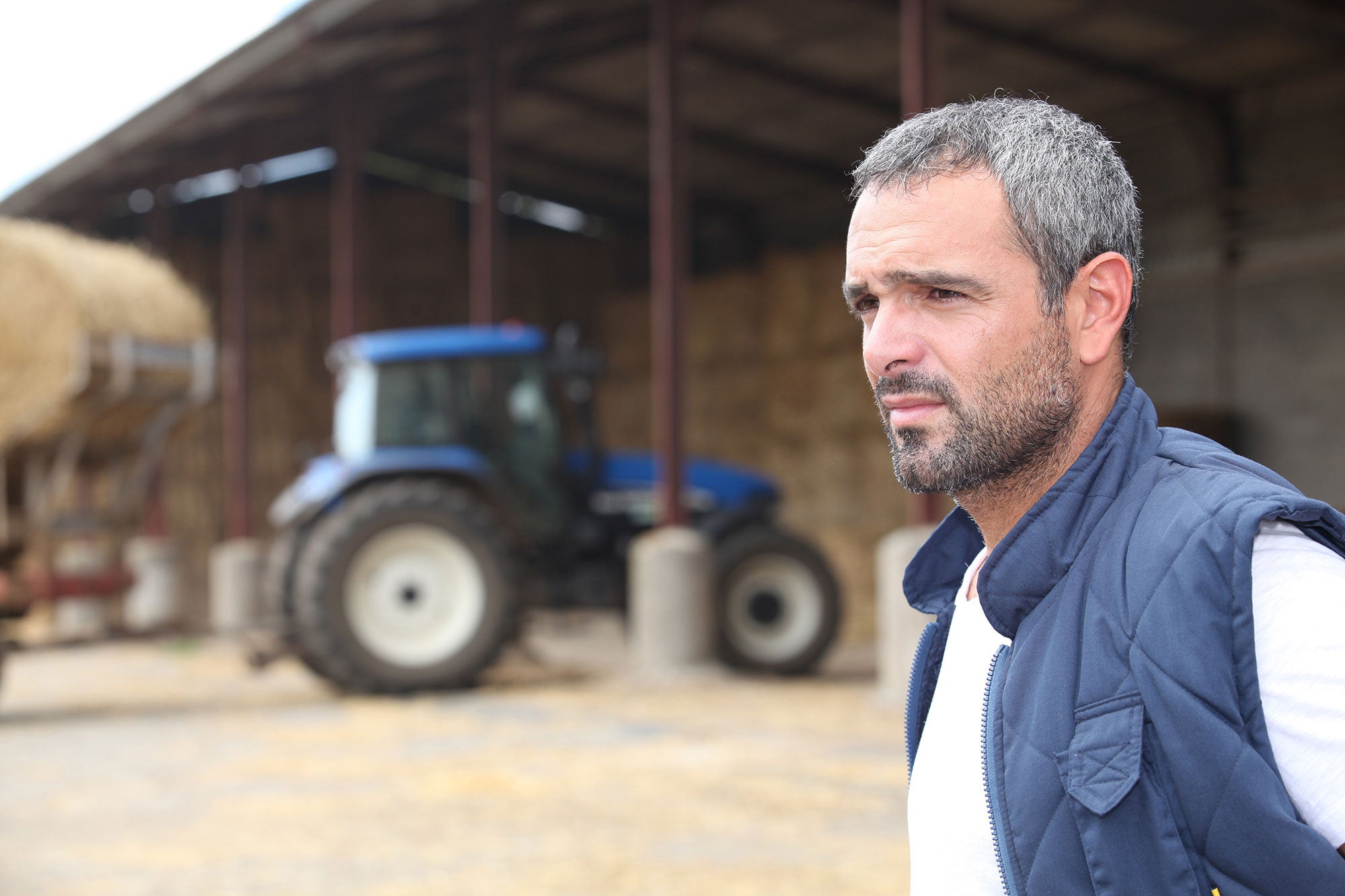Chapter 12 bankruptcy, a critical financial safety net for farmers and ranchers, saw a significant rise in filings in 2024. As reported by the American Farm Bureau Federation, 216 farm bankruptcies were filed last year, marking a 55 percent increase from 2023. While this remains significantly lower than the 2019 peak of 599 filings, it ends a four-year downward trend, raising concerns about the long-term financial health of the agricultural sector.
The increase in Chapter 12 bankruptcies was widespread across the country. The Midwest experienced the highest number of filings, with a 69 percent increase totaling 71 cases. The Southeast followed closely with 62 filings, a 55 percent jump from the previous year. The only region to see a decrease was the Southwest, where bankruptcies fell by 14 percent after being the only region to see an increase in 2023.
On a state level, California led the nation with 17 filings. Michigan saw the largest increase, jumping from zero cases in 2023 to 12 in 2024. In contrast, Pennsylvania and North Carolina saw the largest decreases, each with three fewer filings than the previous year. Notably, Washington, D.C., recorded its first-ever Chapter 12 farm bankruptcy.

Economics behind the increase
Farm bankruptcies often lag behind declines in farm income, as farmers exhaust all other options before seeking legal protection. Row crop markets have faced substantial cash receipt declines over the past three years. Corn and soybean receipts are expected to drop by over 4 percent and 6 percent, respectively, in 2025. Cotton, which saw a 24 percent decrease in 2024, is the only major crop projected to see an increase this year. Additionally, long-term declines in government support due to an outdated farm bill have further strained farm finances.
Net farm income reached a four-year low in 2024, dropping nearly 24 percent over two years. Rising production costs continue to squeeze profit margins. Non-real estate farm loans surged by 25 percent from 2023 to 2024, while interest rates on agricultural loans remained at decade-high levels. The total farm debt is projected to reach $562 billion in 2025, intensifying financial strain on farmers already struggling with lower revenue.
While Chapter 12 bankruptcy provides a path for financial restructuring, it is often a last resort. The rising number of filings signals deep-rooted financial struggles in the sector. Despite farmland values historically supporting credit access, those values declined in 2024, further limiting borrowing options for struggling operations.
Looking ahead, farmers are facing difficult decisions about financing their operations. Many are still waiting on economic relief from the American Relief Act of 2025 to sustain their businesses. Meanwhile, ongoing farm bill negotiations highlight the need for updated financial support to help farmers navigate these challenging conditions.
As farm bankruptcies continue to climb, the long-term financial outlook for agriculture remains uncertain. The trends observed in 2024 serve as a reminder of the pressures facing farm country and the need for policy solutions to support the industry’s stability.


:max_bytes(150000):strip_icc()/DSC_5569-scaled-e1745358337245-2048x1551-a1a093af80584792b8bb89e4f47d4926.jpg)
:max_bytes(150000):strip_icc()/103097774-2000-1043a1eebcd2426697f44faf1d9719a5.jpg)
:max_bytes(150000):strip_icc()/7021211UnverferthSeedRunner3755XL3_preview-38937bc35ec9441ab3433a428560f2ee.jpg)



:max_bytes(150000):strip_icc()/52016494295_32bfe04e14_c-2-1afb28f81f99447ab23e8a01cf302cd3.jpg)
:max_bytes(150000):strip_icc()/Brendan-SmialowskiAFPviaGettyImages-Donald-Trump-Reciprocal-Tariffs-April-2-20252207589702-f18fb45cad3b49e792a16608653e4820.jpg)
:max_bytes(150000):strip_icc()/WheatField2-CloseUp-d3b78c85fe4b4e7abbb587b478569397.jpg)